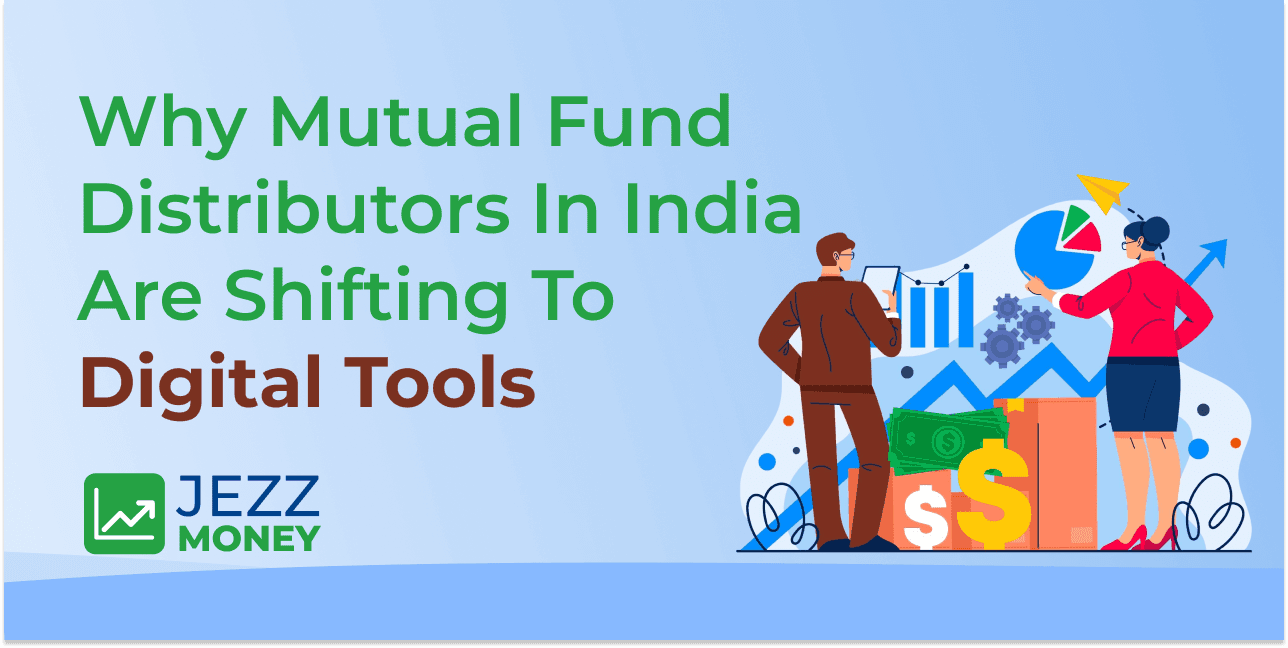India's mutual fund distribution scene is undergoing rapid digital change, driven by several significant factors. These forces are changing the way distributors work, communicate with clients, and grow their businesses in a fiercely competitive environment.
1. Regulatory Push
The Securities and Exchange Board of India (SEBI) has led the way by encouraging digital transformation in the mutual fund sector. Measures such as e-KYC, online onboarding, and paperless transactions have made compliance easy and investing more user-friendly. These regulatory initiatives have restored confidence and sped up distributors' willingness to go digital.
2. Ease of Operations
With digital solutions, the distributors' roles in client onboarding, portfolio tracking, and reporting are automated, making them less stressful. As a result of integrated platforms, distributors can simultaneously execute transactions, visualize analytics, and ensure compliance in real time, thereby reducing human error and saving time.
3. Client Expectations
The investors of today—especially Millennials and Gen Z—are very particular about the investing process being fast, convenient, and transparent. Being mobile-first and offering self-service investing options are user preferences, which, in turn, urge distributors to implement digital solutions that align with contemporary customer behavior and preferences.
4. Cost Efficiency
Going digital enables a distributor to significantly reduce operational costs associated with paper, logistics, and physical meetings. Besides, digital platforms make it easy for businesses to grow without limits, so a distributor can take care of a client in another city or country without increasing their overhead.
5. Competition from Fintechs
The rapid growth of fintech platforms that offer direct, online mutual fund investing thus inescapably drives competition to a new level. To remain valuable, device-independent mutual fund contributors transitioning to digital means not only make them more efficient but also enable them to provide better client services and stay competitive in the technology-driven market.
The drivers are an ensemble that mutually indicate that digitization is imperative, rather than optional, for mutual fund distributors aiming for sustainable long-term growth.
